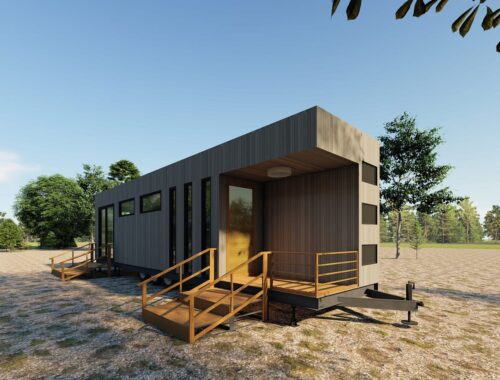Fall Economic Update Promises Billions In New Spending, Despite Record $381B Deficit
OTTAWA — The federal Liberals are proposing $25 billion in new spending to help Canadian businesses and workers make it through a COVID-19 winter and vowing tens of billions more to help the country recover from the pandemic.
The government’s fall economic update proposes to send extra child-benefit payments to families next year as well as cash for skills training and to create new jobs.
For businesses, the government wants to bring the wage subsidy back to 75 per cent of business payroll costs and extend the business rent subsidy to mid-March.
Finance Minister Chrystia Freeland’s update makes clear the measures will be removed once the economy improves, although the timing is tied to the path of the pandemic.
The cost to date has the federal deficit reaching $381.6 billion this year, but the government’s math says it could close in on $400 billion if widespread lockdowns return in the coming weeks.
Freeland’s update tees up work already underway to craft a spring budget focused on an economic recovery. She says federal support for that will include a three-year stimulus plan worth up to $100 billion.
The recession the pandemic has caused is deeper than the one the country faced in the last downturn over a decade ago, and the Liberals make the case in their fiscal update that the stimulus response needs to be even greater this time around.
Click Here: cheap Cowboys jersey
While the details have yet to be worked out, Freeland said it will include time-limited spending on things like a green economy and areas that could use attention like bio-manufacturing — the industry that creates and makes vaccines and medication.
The breadth and depth of spending would be tied to the pandemic and the hopes that rest on vaccines that could be available to the majority of Canadians by next fall.
“We are very mindful, however, of the fact that our economy can get fully back up to speed only once we have the virus fully under control,” Freeland told reporters.
“And that’s why we’re going to be spending the winter months working on the details of this growth plan.”
Freeland’s update includes no specific “fiscal anchor,” a measurement to moor government spending to keep it from drifting off target.
RELATED
-
Pandemic Online Shopping Boom Tests Canada’s Outdated Tax System
-
Freeland Grilled By Tory Finance Critic On Ballooning Government Debt
-
Feds Pledge $1.5 Billion To Help Retrain Canadians In Hard-Hit Industries
Instead, the Liberals are saying they’ll keep track of a suite of economic indicators like the unemployment rate and hours worked as a way to decide when spending can ease off or when the taps need to be opened wider.
Freeland didn’t provide precise levels for any measure that might trigger changes, saying those details will be worked out.
“The most devastating economic harm done by the coronavirus is the jobs lost,” she said.
“As we build our growth plan, and as we deploy it, the measure we’re going to be looking at to see if we’ve got the job done is really around jobs.”
The country has clawed back about three-quarters of the three million jobs lost during spring lockdowns. The Finance Department estimates the unprecedented spending to date prevented a further loss of about 1.2 million jobs.
Federal aid has accounted for $8 of every $10 spent by Ottawa and the provinces to respond to COVID-19, a slight drop from the $9 out of every $10 the Liberals noted in their July fiscal snapshot.
The document Monday gives a view of how much some of those measures have cost.
Revised estimate for wage-subsidy program
The wage-subsidy program gets a revised estimate of over $83.5 billion when taking into account take-up through the summer and its extension since the fall.
A revamped commercial rent-relief program will cost $2.18 billion this fiscal year.
The two programs are, combined, estimated to cost about $16.2 billion next year.
Spending next year on extra child benefits will amount to $1,200 tax-free to families with net incomes up to $120,000, and $600 for families that earn beyond that.
The cost will be about $2.4 billion, a little more than the $2 billion for extra Canada Child Benefit payments this year, bringing the total cost for the program next year to $27.9 billion.
And while the document includes money for long-term care facilities, there is no specific bump in health transfers for the provinces. What the Liberals are proposing is to provide more money to provinces that see sudden drops in revenues through an existing fiscal-stabilization program, an increase provinces asked for last year.
This report by The Canadian Press was first published Nov. 30, 2020.
You May Also Like

Monkey Mart: A Primate Paradise for Shoppers
March 20, 2025
“AI Meets Couture: How Artificial Intelligence is Redefining the Future of Fashion”
February 28, 2025